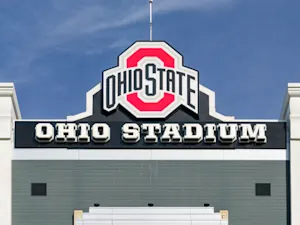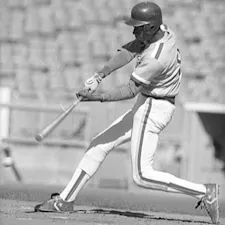
What You Don't Know About Barcodes
In today's world of rapid transactions and seamless inventory management, the humble barcode plays an indispensable role. But have you ever wondered how this symbol came to be? Let's journey back in time to explore the fascinating origins of the barcode and how it revolutionized the way we track and trade goods.
The Birth of an Idea
The year was 1947 when Bernard Silver, a graduate student at the Drexel Institute of Technology in Philadelphia, overheard a conversation that would change the course of history. A local grocery store owner expressed his frustration with the laborious process of manually recording product information during checkout. Inspired by this encounter, Silver teamed up with inventor Norman Joseph Woodland to tackle this challenge head-on.
Their brainstorming sessions led to the concept of a system that could encode product data in a visually readable format. After much experimentation, Woodland devised a solution that would pave the way for the modern barcode: a series of concentric circles inspired by Morse code.
In 1949, Woodland and Silver filed a patent for their invention, which was finally granted in 1952. However, it took several decades for their visionary idea to gain widespread adoption.
Commercial Breakthrough
Fast forward to 1974, when a pivotal moment in the barcode's history occurred. The Universal Product Code (UPC), a standardized barcode system, was introduced for retail use in the United States. This marked the beginning of a new era in commerce, as retailers and manufacturers embraced the UPC to streamline inventory management and automate checkout processes. The first item that was scanned was a pack of Wrigley's Juicy Fruit® chewing gum.
The barcode's impact was not limited to the retail sector. Industries ranging from healthcare to transportation quickly recognized its potential and began implementing barcode systems tailored to their specific needs. Today, barcodes are omnipresent, appearing on everything from consumer products to airline boarding passes.
The Revolutionary Impact of Barcodes
But what exactly makes the barcode so revolutionary? At its core, the barcode is a data carrier, capable of storing vast amounts of information in a compact, easily scannable format. This efficiency has transformed the way businesses operate, enabling real-time tracking of inventory, improved supply chain management, and enhanced customer experiences.
Moreover, the barcode's versatility extends beyond its traditional black-and-white stripes. With advancements in technology, barcodes now come in various forms, including 2D barcodes and QR codes, capable of encoding even more data and facilitating interactive experiences.
As we marvel at the convenience of scanning a barcode to complete a purchase or check into a flight, let us not forget the ingenuity of those who paved the way for this modern marvel. From Bernard Silver and Norman Joseph Woodland's visionary idea to the global adoption of the UPC, the history of the barcode is a testament to human innovation and the quest for efficiency in an ever-evolving world.
In conclusion, the barcode may seem like a simple symbol, but its impact on society is profound. From its humble beginnings to its ubiquitous presence in today's digital landscape, the barcode has transformed the way we do business and interact with the world around us.
Reference: The History of the Bar Code
























